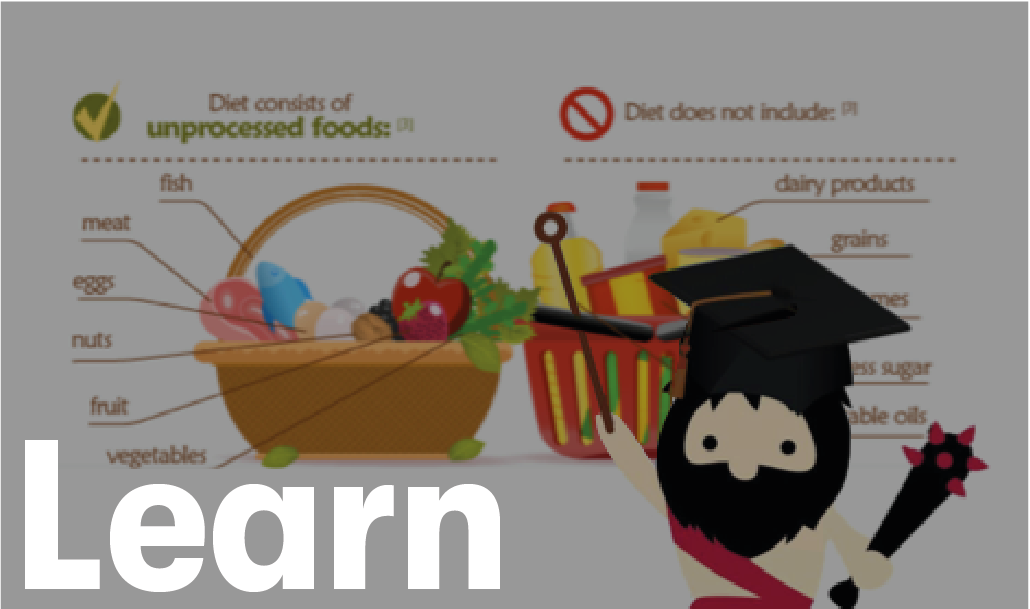
Thailand loves sugar and it is in just about everything… including your favorite drinks! And they don’t just put in a little to add to the taste, often you can find as much as 20-70g of sugar or high fructose corn syrup (HFSC) per serving as you’re about to find out.
In this article, we list sugary Thai drinks you should avoid and what to replace them with instead (don’t worry, our alternatives taste just as good or even better).
1. Fruit shakes
Your average fruit shake from a street vendor contains approximately 40-70g of sugar. The sugar from your selected fruits (fructose) isn’t so bad as it’s connected to fiber giving it a slower release, meaning it won’t knock your blood sugar levels out of whack too much. But the condensed milk and ladle of syrup (HFSC) they pour alongside your shake most definitely will.
Condensed milk and syrup are almost pure sugar and cause weight gain and your body to crash. If you love fruit shakes so much you can’t give them up, the next time you order ask them to hold off the sugar and syrup, you’ll notice the taste difference right away.
Alternative – many fruit shake vendors will have whole coconuts that they use to make fruit shakes. Ask them if you could buy the coconut whole (usually 40b) as it’s not only healthier, but you’ll also be able to eat the coconut meat inside which isn’t sugary and packed with nutrients and fibers.
2. Thai energy drinks
If you’ve ever need a pick-me-up, Thai energy drinks are very cheap and do a great job of jolting you back to life. That’s because some contain as much as 16g of sugar and 50mg of caffeine per 100ml, which is even more than the already high amounts in western red bull.
People who drink high amounts of these energy drinks too late often can’t get to sleep at night because of the high taurine and caffeine levels.
Alternative – Watermelons are 92% percent water and have a great mineral profile giving you energy and replenishing lost electrolytes and minerals during a hard workout. Add a cappuccino if you need the caffeine.
3. Iced-tea and coffee
Tea and coffee vendors can be found on most busy sois in Thailand selling various sugary drinks, some stalls will be swamped with bees because of the sugar they leave out in the open. Much like with fruit shakes, many iced-tea and coffees contain a very high amount of HFCS, often it’s the sugar not the caffeine itself that gives you a temporary boost.
Calorie Count suggests that the average homemade Thai coffee has around 30.8g of sugar and almost 1g of salt, we suspect the street version to contain a lot more.
Alternative – buy coffee or tea from reputable shops. They can sometimes cost twice as much than the iced counterparts on the street, but they don’t contain high amounts of sugar and typically use a much higher quality of tea or coffee bean.
4. Probiotic drinks
Ever seen those little orange-colored drinks at the 7-Eleven? It’s a probiotic that aids your food digestion. Yakult and its equivalents are filled with artificial sweeteners, dextrose (sugar) and contain zero dietary fiber. There are much healthier ways to get probiotics into your body than this.
Alternative – Sauerkraut is a natural probiotic that promotes gut health, isn’t loaded with sugar and it contains high amounts of other nutrients. If you want a healthy digestive tract without consuming large amounts of sugar, opt for sauerkraut or Greek Union Farmers Yogurt.
5. Carton juices
In most supermarkets, you can find an array of fruit juices for as little as 60b per liter. But are they healthy? Not exactly. The issue with juice from a carton is that almost all the fiber, antioxidants and minerals are removed, and what you’re left with is unattached sugar.
Some fruit juices have just as much sugar as cola, and because they have been stored in massive oxygen-depleted tanks for as long as 12 months before processing, they also lose all their mineral profile:
Alternative – make your own fruit juices. Buy produce from the local supermarket and use a blender to create your shake. This way you know exactly how it was made and keep the fiber intact too.
Summary
When you dig deeper into your diet in Thailand, you may be surprised by the amount of sugar you unconsciously consume each day. The American Heart Association suggests the maximum sugar intake for men should be 35g per day, and for women 25g. Consuming any of the drinks above puts you over your daily limit in a single serving.
The consumption of sugar in Thailand is a major problem and one of the leading causes of the rise in obesity, because many don’t realize how many foods it’s actually in.
If you would like to learn more about Meal Plan or Grocery service in Bangkok, then click either of the buttons to find out how it works and a voucher off your first ever order.

 Latest
Latest Newsletters
Newsletters Learn
Learn Recipes
Recipes Video
Video


